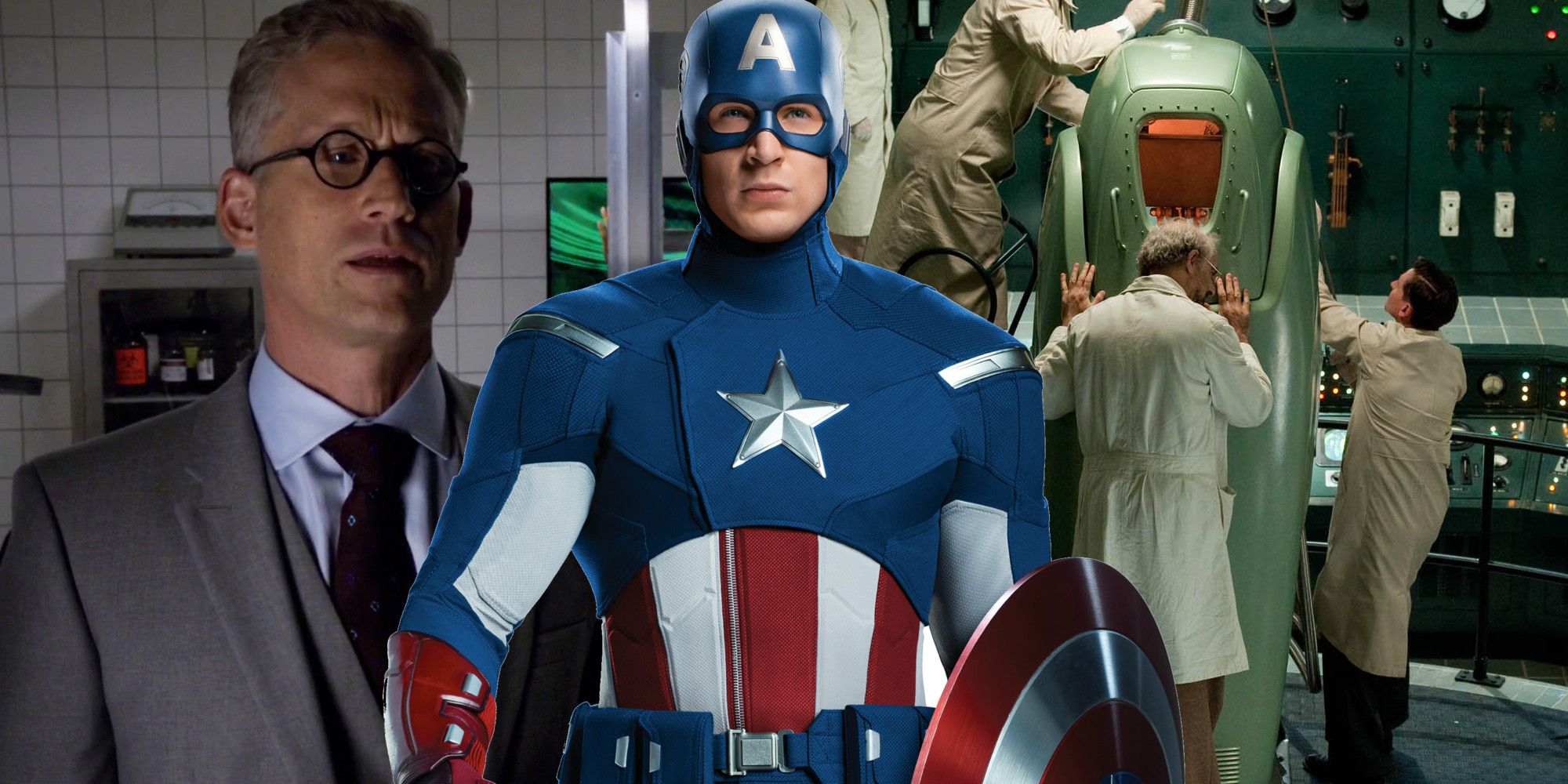SPOILERS for Agents of S.H.I.E.L.D. 'Rise and Shine' ahead
The latest episode of Agents of S.H.I.E.L.D., 'Rise and Shine', brings back some familiar technology that fans will recognize from Captain America: The First Avenger. Ever since it first premiered on ABC, Agents of S.H.I.E.L.D. has been steeped in the mythology of the Marvel Cinematic Universe as established in the films. Phil Coulson was, of course, brought over from the movies to star in the TV series. Plus, Agents of S.H.I.E.L.D. has regularly featured tie-in episodes with the various MCU movies, though they've become more subtle over the years.
Arguably, Agents of S.H.I.E.L.D. has tied most into the Captain America trilogy. Given Steve Rogers' own involvement in S.H.I.E.L.D. and the villains of Hydra carrying over from Captain America: The Winter Soldier, the Captain America films have heavily influenced the TV series. Now in the latest episode, Agents of S.H.I.E.L.D. dives even further into the Captain America mythology when showcasing what Hydra has been up to in the MCU prior to the organization being revealed in The Winter Soldier.
Related: Hydra is Key in Agents of SHIELD Season 5
In a flashback to General Hale's time in the Hydra academy, her class listens to a presentation given by scientist Daniel Whitehall. Though Agents of S.H.I.E.L.D. fans know him for his experiments on the Obelisk, which led to the introduction of Inhumans on the show. However, we learn in 'Rise and Shine' that Whitehall had other ideas to create enhanced soldiers, and it draws directly on the experiment that turned Steve Rogers into Captain America.
As shown in Captain America: The First Avenger, Steve became a super-powered individual by entering a Vita-Ray Chamber and being injected by Dr. Abraham Erskine's Super Soldier Serum. The vita radiation unlocked the potential of Erskine's serum in a way that no one in the MCU has ever been able to recreate. However, as we see from Daniel Whitehall's presentation in 'Rise and Shine', he aims to take the idea of the serum and the Vita-Ray Chamber and build off of it to create Hydra's own super soldier.
Whitehall's device, however, is called a Particle Infusion Chamber and as he explains, it's "an apparatus that can force human cells to take on the properties of a raw material." While those in Hale's class suggest using material from the Tesseract, she has the idea of searching for something previously undiscovered. When the episode returns to the present, viewers learn Hale has plans to use Whitehall's device to infuse Daisy Johnson with gravitonium. However, when Hale tells Coulson the name of the project - Destroyer of Worlds - Coulson warns her against the plan.
Of course, as we've seen in previous seasons of Agents of S.H.I.E.L.D. and other realms of the MCU, scientists' attempts to replicate the super soldier serum that created Captain America have ended disastrously. Whitehall seemingly attempted to go a different route in creating a Hydra super soldier, which also included artificially inseminating Hale with a "seed" created by Hydra that was optimized for the Particle Infusion Chamber. But considering what we know of the Destroyer of Worlds from the future timeline, it seems Whitehall's spin on Captain America technology ends even more disastrously than any previous attempt.
Next: Agents of SHIELD May Have Revealed Who REALLY Destroyed Earth
Agents of S.H.I.E.L.D. continues Friday, April 6 with "Inside Voices" at 9pm on ABC.


